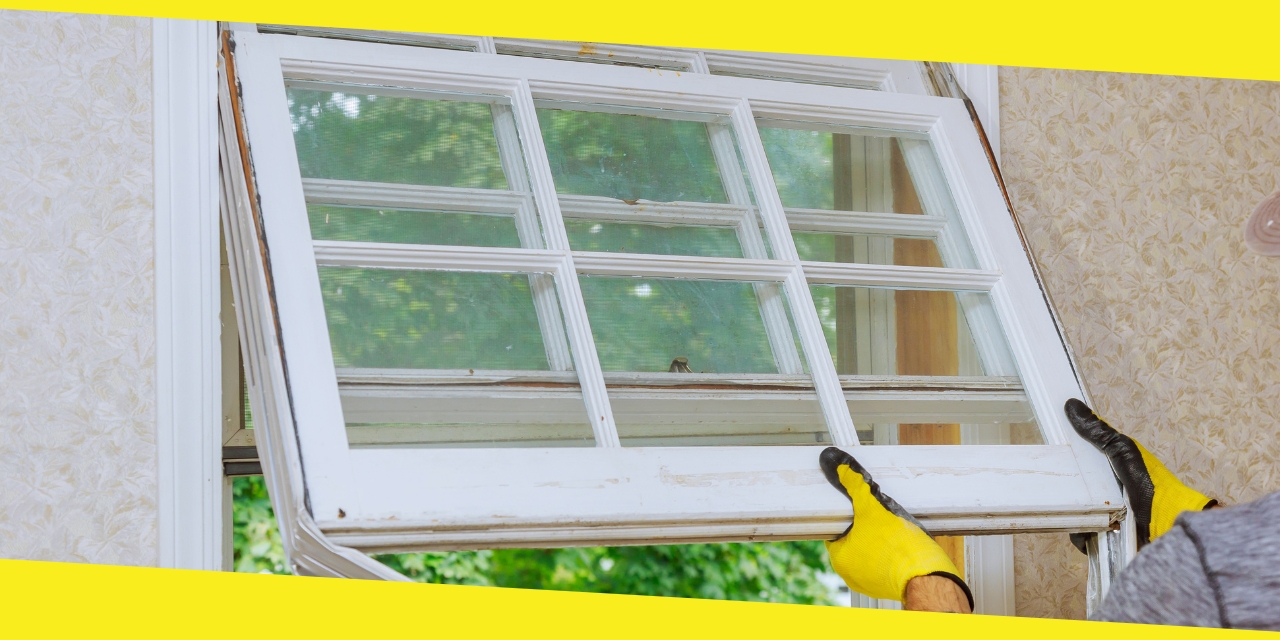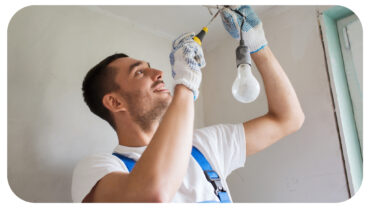The Future of Home Insulation: Eco-Friendly Options

With today’s climate crisis and ever-changing temperatures, homeowners need to be informed about the various eco-friendly options available for insulation. Whether retrofitting your existing home or building a new one, using an eco-friendly insulation material is the best way to keep it comfortable and energy efficient. In this blog post, we will discuss the different types of green insulation on the market today and other factors that can affect your decision when selecting an insulated product.
After reading this blog post, you should better understand how your chosen insulation type impacts indoor air quality and temperature consistency within your living space. So get ready—it’s time to future proof your home with some sustainable insulating solutions!
Understanding How Home Insulation Works
Home insulation is crucial for maintaining a comfortable and energy-efficient household. It creates a barrier between the interior of your home and the outside environment. Insulation is typically made out of materials like fiberglass, foam, or cellulose, and it slows down the transfer of heat through walls, ceilings, and floors.
This means that during the winter months, your home will retain heat much better, while during the summer, it will stay cooler longer. Proper insulation makes your home more comfortable and can save you money on your energy bills, making it a valuable investment for any homeowner.
Additionally, consider hiring a professional. A professional such as iFOAM can help you decide on the right type and amount of insulation for your house, saving you time and money in the long run.
Benefits of Eco-Friendly Home Insulation Options
#1. Low Environmental Impact
One of the most essential benefits of eco-friendly insulation is its minimal environmental impact. Many conventional insulation materials, such as petroleum-based foam, are made from non-renewable resources or contain hazardous substances like formaldehyde or asbestos. However, eco-friendly options are typically made from recycled and renewable materials that are often safer for both people and the environment.
#2. Cost-Effectiveness
Eco-friendly insulation can be just as cost-effective (or even more so!) than conventional materials, depending on your circumstances. Many green options have minimal installation costs, can last up to 50 years or longer, and will help you save money on your energy bills in the long run. Additionally, eco-friendly insulation often comes with tax credits and other incentives, making it an even more attractive choice for those looking to conserve money while reducing their environmental impact.
#3. Improved Indoor Air Quality
The air quality inside your home is just as important as the temperature. Eco-friendly insulation materials are often made without volatile organic compounds (VOCs), which can be hazardous to human health. This helps create a healthier indoor environment, ultimately leading to better overall health and comfort for you and your family.
#4. Enhanced Temperature Control
Eco-friendly insulation materials have improved thermal properties, which can help regulate the temperature within your home more effectively than traditional insulation. This helps keep your house comfortable all year round and can even reduce air conditioning costs during the summer months.
Different Types of Eco-friendly Home Insulation Solutions
When it comes to creating an eco-friendly home, insulation shouldn’t be overlooked. Fortunately, there are many options on the market that are sustainable and effective at reducing your energy use. One choice is cellulose insulation, which is made from recycled paper and provides excellent thermal resistance.
Another option is sheep’s wool insulation, which has natural fire-retardant properties and is biodegradable. For those looking for a more traditional option, fiberglass insulation can now be made from recycled materials and work well in both walls and attics.
When weighing your options, consider factors such as R-value, cost, and ease of installation. With so many choices available, making sustainable choices for your home is easier than ever.
Tips for Choosing the Right Insulation for Your Home
But with so many options, how do you choose the proper insulation for your home? First and foremost, consider your climate and the R-value required to achieve optimal insulation. Fiberglass is the most common type, with an R-value of 2.2 to 2.9 per inch.
Loose-fill insulation may be the best choice if you’re insulating your attic or walls. However, cellulose insulation may be a better option if you live in a humid environment. It is made from recycled paper and can provide a higher R-value of up to 3.7 per inch. ALocation d ease of installation is essential. Loosefill insulation may be the best choice for insulating your attic or walls.
Conclusion
Creating an eco-friendly home doesn’t have to be complicated. Proper insulation can reduce energy use, improve indoor air quality, and even save money in the long run. With the right insulation, you can create a comfortable living environment while making a difference in the fight against climate change. Many options are available on the market today, from cellulose insulation to sheep’s wool, so make sure to do your research and choose the one that’s right for you.
Recommended For You
What Causes Flickering Lights and How to Fix Them?
Most Inside
Most Inside offers high-quality recommendations and valuable updates to enhance all aspects of your life, providing premium guidance and enriching experiences.




